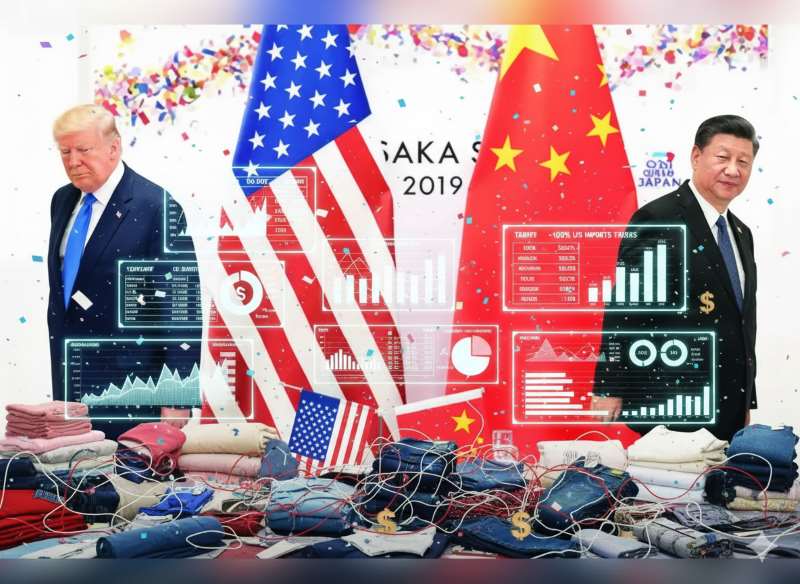
Wazir Advisors April 2024 report on global apparel trade paints a worrying picture, with major markets like the US, EU, and UK experiencing a significant drop in apparel imports. This, coupled with concerning retail trends and a dip in consumer confidence, suggests a potential economic slowdown on the horizon.
Falling imports signal cautious consumers
US apparel imports have dipped by 9 per cent year-to-date compared to 2023, despite a flat February figure. This suggests retailers are stocking less inventory, anticipating potentially weaker demand.
The EU paints a similar picture, with a 15 per cent YTD decline in imports. Notably, both the US and EU have seen a decrease in sourcing from China, potentially indicating a shift towards diversification or a response to rising geopolitical tensions. The UK's situation is more dramatic, with a staggering 18 per cent YTD decline in imports. This could be due to Brexit-related trade disruptions or a more cautious consumer base in the face of economic uncertainty.
Japan is the lone bright spot, with apparel imports growing by 5 per cent YTD compared to 2023. However, this could be a temporary phenomenon and may not be indicative of long-term strength.
Shifting supplier landscape
The data also highlights a changing supplier landscape. While China remains a dominant player, its share is decreasing in the US, EU, and Japan. Vietnam and Italy are emerging as potential beneficiaries, with their share increasing in the US and UK markets, respectively. This trend indicates a potential diversification of sourcing strategies by major apparel companies.
Consumer spending, a tale of two trends
Despite the import slowdown, US apparel store sales have remained resilient, with a 4 per cent YTD increase. This suggests consumers are still spending on clothing, but perhaps more cautiously. Apparel store sales show a modest 1 per cent year-over-year increase, while home furnishing sales experience a steeper 11 per cent decline. This suggests a shift in consumer spending priorities, potentially favoring essential items over discretionary apparel purchases. However, strong growth in online apparel sales (7 per cent in Q4 2023) indicates a potential preference for online shopping channels.
The UK presents a more stable picture, with apparel store sales remaining flat year-over-year. This, alongside a significant 20 per cent growth in online clothing sales (Q4 2023), reflects a continued focus on apparel purchases despite potential economic anxieties. This also suggests a potential move towards online shopping for apparel, but overall spending may be stagnating.
India feels the pinch
India's apparel exports have dipped slightly (1 per cent YTD), reflecting the slowdown in key markets like the US and UAE. This highlights the vulnerability of economies heavily reliant on apparel exports. However, a significant drop in India's apparel imports (17 per cent year-to-date) suggests potential cost-cutting measures by domestic apparel.
Uncertain economic outlook
The combined data paints a picture of a cautious consumer and a potentially slowing global economy. Rising inflation and potential interest rate hikes could further dampen consumer spending, impacting the apparel industry in the coming months. In fact, the apparel industry's slowdown reflects broader economic anxieties. Consumers seem to be prioritizing essential purchases, with a shift towards online shopping. However, the decline in home furnishing sales suggests a potential pullback in discretionary spending. This mixed picture makes it difficult to predict the future of the apparel trade.
Moving ahead, the apparel industry needs to navigate a complex landscape. Diversifying markets and catering to evolving consumer preferences for online shopping and potentially value-driven purchases will be crucial for success. Additionally, staying abreast of economic developments and adapting strategies accordingly will be essential for businesses to weather the current storm.












